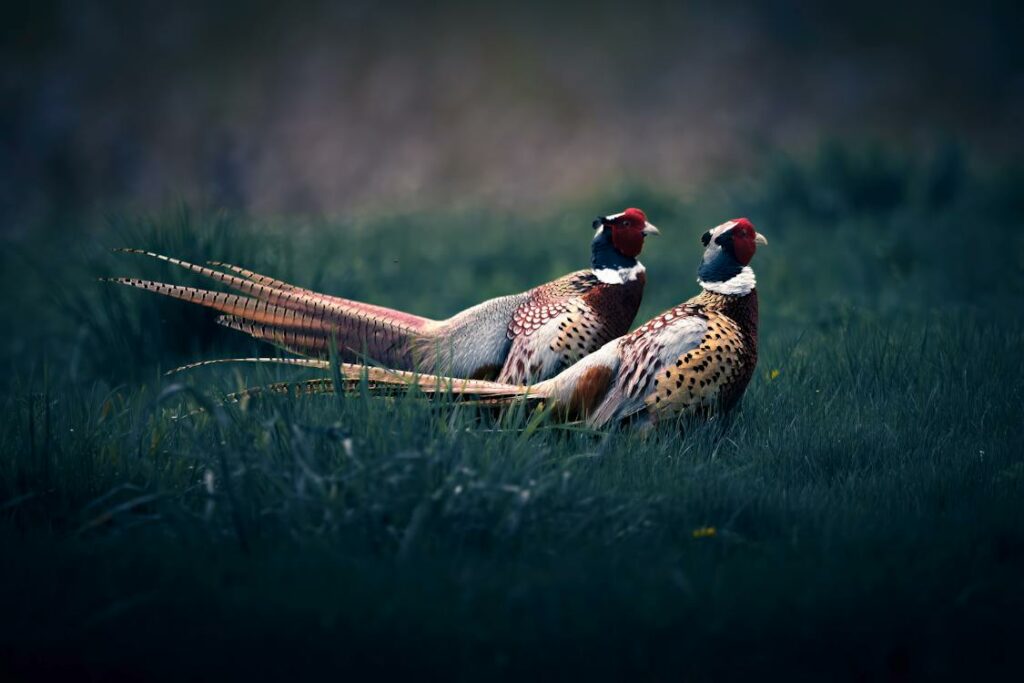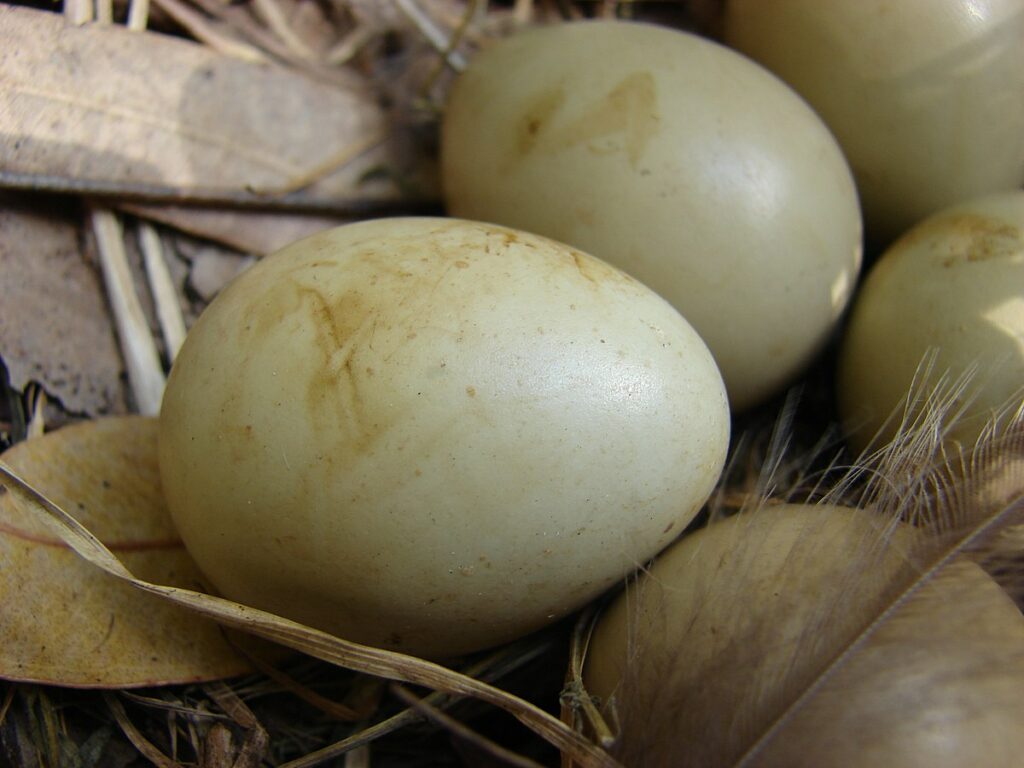Ever thought about what to do with that batch of pheasant eggs in your kitchen? It’s not a puzzle to solve, but a culinary treasure to unlock. This comprehensive guide will offer you a vivid picture of how to hatch and care for these unique eggs. With a keen eye and a touch of patience, you can transform these delicate orbs into healthy, chirping birds.

Setting the Stage: Your Incubator Awaits
It’s essential to start with an accurate incubator. This device becomes the safe haven for your pheasant eggs, mimicking the conditions they’d experience in nature. The optimal temperature sits at an unswerving 99.5 degrees. To ensure consistency, it’s a good idea to monitor the incubator for a day or two. Maintaining the temperature helps prevent any risks to the developing embryos.
Humidity: A Key Player in the Hatching Process
When you’ve nailed down the temperature, it’s time to turn your attention to humidity. Pheasant eggs follow an incubation timeline of approximately 21 days; during this period, the humidity levels play a crucial role. For the initial 18 days, aim for a 50% humidity level. For the final stretch, boost it to a range between 70% and 80%. You can track these figures with a hygrometer, easily found in electronics or general stores.
Welcoming the Eggs to their New Home

With your incubator primed, it’s time to introduce your pheasant eggs. Before they make their grand entrance, there’s a bit of prep work involved. Marking each egg with an X on one side and an O on the other helps keep track of rotation. Position the eggs on a flat surface within the incubator, ensuring the broader end remains slightly elevated. This angle helps the embryo to stay flat and reduces the risk of drowning.
The Importance of Rotation
- Rotate the eggs three times a day.
- Ensure rotations happen an uneven number of times.
- Do not overlook rotations on weekends.
- If away, delegate this task to a responsible person.
After the Big Moment: Hatching and Beyond
Welcome to life, little ones! Post-hatching, your newly-born pheasants should stay in their warm incubator for another day or two. This settling period allows them to familiarize themselves with each other. It’s normal for the pheasants to be curious and do some bird-to-bird ‘investigation’. You can then move on to feed and water them, but leave them to explore their environment freely for a bit longer.
So, there you have it, an intimate journey that takes you from shedding shell to chirping chicks. Hatching pheasant eggs is not just about witnessing life unfold; it’s also about being a part of it. Whether you’re an animal enthusiast or a culinary adventurer, this experience truly serves up something special!